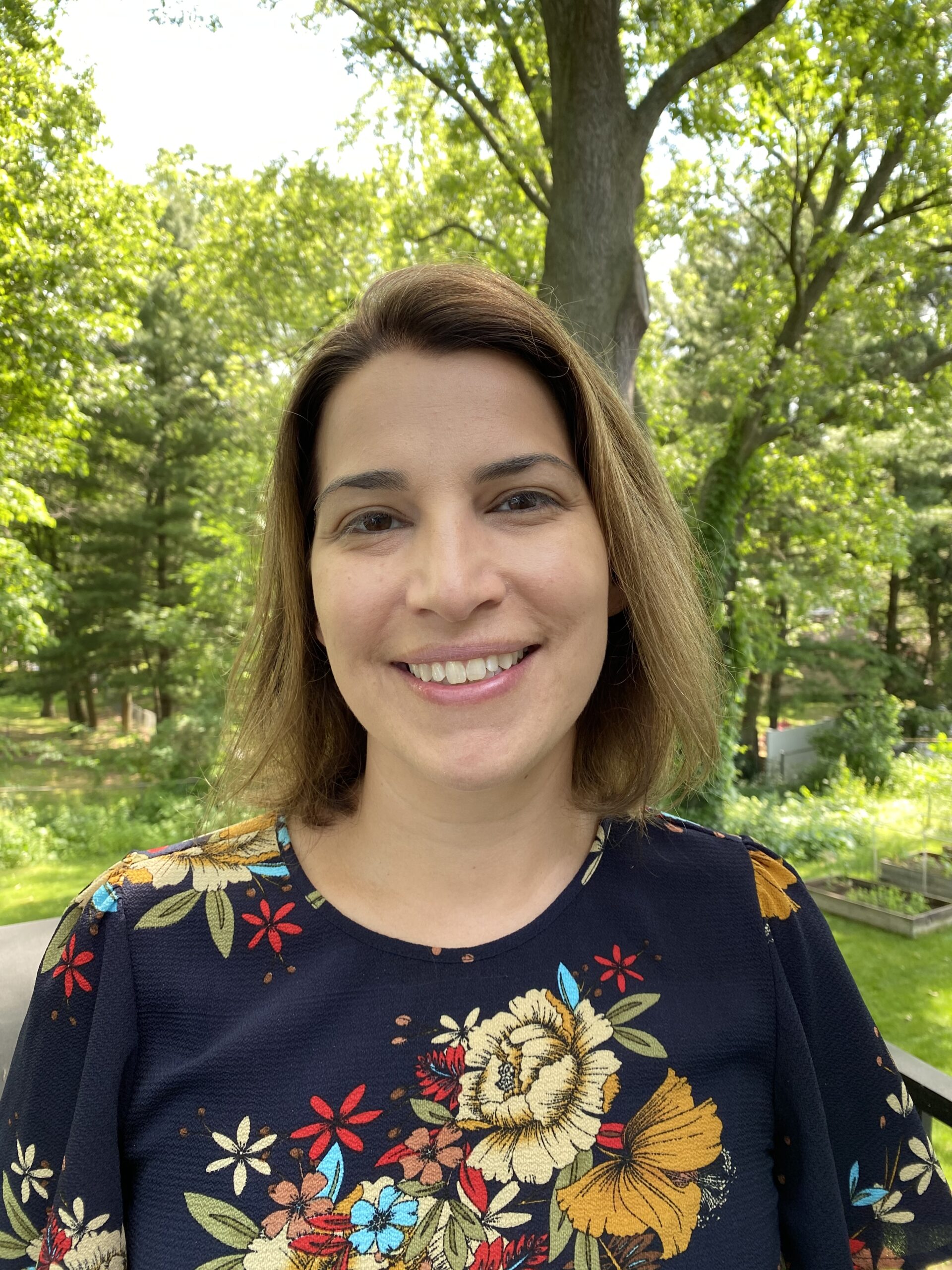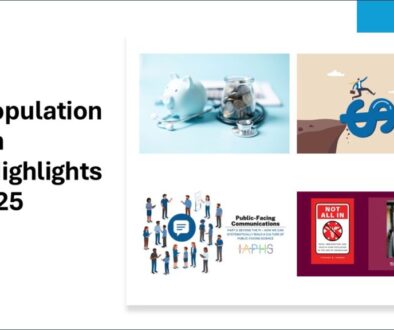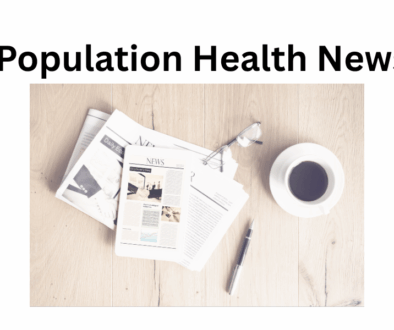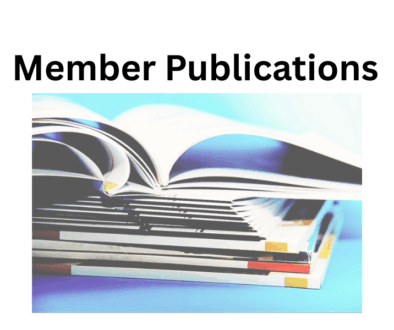Investment Advice for America’s Health:
How Words From the “Oracle of Omaha” Apply to Government Funding of Research
Briana MezukNow that the DOGE AIs have identified all the keywords for “government waste,” (which, even if you buy their math, adds up to only $9.4 billion), the US Congress is considering the president’s budget to add $5 trillion to the national debt, and RFK Jr. has unveiled his thoughts on what American needs to get healthy, I felt the need to turn to someone who has demonstrated that they know a good investment when they see one: the Oracle of Omaha, Warren Buffett.
What I like about Buffett’s investment advice is that it is as simple as it is steadfast. And while it won’t make folks “smash that subscribe button,” it will — as he has empirically shown for decades — pay off in ways that are far more materially meaningful. I think it can help us think through what kind of investments we want our government to be making when it comes to science and health research.
- Be patient. It literally takes decades for a research “finding” to turn into a medical “treatment” or an engineering “breakthrough.” This isn’t because of government inefficiency, but because the natural world is indifferent to human suffering, knowledge is incremental, and the imperfect tools we have are subject to the lamppost problem.
- Invest consistently. This means seeding scientific ideas on R&D, which is expensive because it is risky, and it is risky because the “payoff” is not guaranteed. But when it pays off, we want the gains to be realized for everyone, not just rich private equity firms. Government investment — which comes from us, taxpayers —makes that possible.
- Seek intrinsic value. Only about 25% of health research grants submitted to the government are funded. The grants selected had to go through a literal year-long review process involving evaluation first by external, impartial scientific experts, then by internal government scientists, to finally arrive at a determination by agency leadership that the grant is in close alignment with national priorities. Why so serious? Because we want to invest in only the most well-considered, value-add studies.
- Ignore noise. I would love to tell you that the advertisement you saw for that new reverse-osmosis drink will solve that very serious problem you have, with zero side effects, even though your doctor insists there’s nothing more they can do…but that is just a grift. How do I know that? Because every treatment has a risk of side effects, and no treatment works 100% of the time for 100% of the people who take it. This isn’t my opinion: It is the only correct solution of the equation of biology + math. And if anyone tells you differently, they are (at best) incompetent and (more likely) a fraud.
- Invest in yourself. This means training the next generation of American scientists. This happens through fellowship programs, career-development awards, and grant supplements — all of which have been cut by DOGE.
I’ve been thinking a lot about what “R&D” means for the field of population health because last month, my mom received one of these “cutting-edge” medications: CAR-T for multiple myeloma, a treatment that was only FDA approved a year ago. This treatment was built on the back of basic biochemical research (paid for by the National Science Foundation) that was translated into human clinical trials (funded by the National Institute of Health) over the past 25 years. The scientists who pioneered this work won the Nobel Prize in 2020. It is not a coincidence that one of those winners was an American, based at a public university in the US.
But this isn’t just a story about biomedical science. I was surprised to learn that in addition to extensive cardiac and pulmonary tests, one of the “tests” my mom had to pass in order to qualify for the CAR-T treatment was that she had at least two caretakers who would sign legal documents confirming that at least one of us would be with her 24 hours a day for the next 100 days, and she had to remain within a 60-minute drive of the medical center. If she didn’t have that, even if she was physically able to tolerate the treatment, she could not receive it.
This is where population health science comes in: There are many patients in my mom’s shoes who do not have multiple people in their lives who are healthy enough to be a caregiver and have either the free time, financial security, job flexibility, and/or all of the above to care for someone 24 hours a day for over three months (let alone live near an academic medical center!) As a result, there are patients who need this treatment but cannot get it for reasons that have nothing to do with cost or clinical expertise — but because the structure of our society requires families to make trade-offs between caring for a loved one and their own fiscal security.
Treating cancer (and other complex, chronic conditions like heart disease and diabetes) is not just a matter of having the right medicine: It requires understanding the upstream and downstream implications of “common sense” requirements, like having multiple caregivers when recovering from a major medical procedure. It is a truism that when requirements are applied in a universal manner, uninformed by social, political, and economic factors that vary systematically by race, place, and status, they create inequities in who can get well.
Medical breakthroughs don’t happen in your doctor’s office: That is just where they meet patients who need them. Population scientists need to be part of the interdisciplinary teams of researchers that help bring these advances into the world, so that all families can benefit from them.






All comments will be reviewed and posted if substantive and of general interest to IAPHS readers.